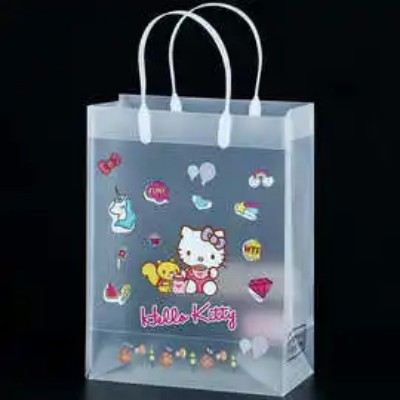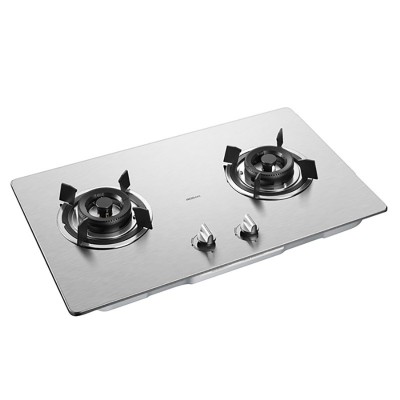Solar photovoltaic power generation technology has developed rapidly in recent years. The application of double-glass modules is the result of the development and innovation of photovoltaic technology. As an indispensable cover glass for photovoltaic cell components, photovoltaic glass is also constantly improving in production technology. Screen printing photovoltaic glass is accompanied by A new product that appears due to the application of double-glass modules.
One screen printing photovoltaic glass application background
1 Advantages of double glass modules
Conventional photovoltaic cell modules use photovoltaic glass for the cover plate and white polymer sheet for the back plate; while the double-glass module is a battery module in which both the cover plate and the back plate are made of photovoltaic glass. Compared with traditional photovoltaic modules, double-glass photovoltaic modules can generate electricity from the front under direct sunlight, while reflecting the reflected light from the ground and the surrounding environment to the back of the photovoltaic module, which can also be absorbed by cells and generate electricity. Therefore, double-glass photovoltaic modules are also called double-sided photovoltaic modules. After additional power generation on the back of the double-glass module, under different ground environmental conditions, the comprehensive power generation of the module is 5%~30% higher than that of the conventional module, which effectively reduces the comprehensive cost of photovoltaic power plants.
With the gradual reduction of state subsidies for the photovoltaic industry, the development of the photovoltaic power generation industry can only be driven by cost reductions. The emergence of double-glass modules just caters to the urgent needs of industry development. At the same time, double-glass modules have many advantages, such as longer service life, better weather resistance, high fire rating, good heat dissipation, high insulation, easy cleaning, and strong bearing capacity. Therefore, it has become a new product that various photovoltaic companies are competing to develop and produce.
2 Application of double-glass module backplane glass screen printing
The top and bottom of the double-glass module are made of transparent photovoltaic glass. This transparent structure makes the light irradiated on the photovoltaic module leak light from the cell gap and the edge of the module, resulting in a waste of part of the light energy. To compensate for this shortcoming, a white, highly reflective coating was printed on the back glass using screen printing technology. The coating is printed only on the cell gaps or the edge of the module that does not cover the cells, and prints the areas covered by the cells. Do not print. This enables light reflection in the areas where the white coating is printed, so that light passing through the cell gap or the edge of the module and reaching the backplane is re-reflected and eventually absorbed by the cell. In this way, the problem of light leakage of the double-glass module is solved, and the utilization rate of light is improved.

The composition of the screen printing equipment
Photovoltaic glass screen printing equipment is mainly composed of automatic glass printing machine, dryer, air cooler, control system, etc.
Among them, the printing press is the core equipment of the process, including the positioning section, the printing section, and the lower section. The glass is precisely distributed between these three parts by means of a transmission mechanism. No misalignment occurs during transmission.
The cleaned and dried photovoltaic glass is sent to the positioning section, the glass is lifted by the glass lifting bracket, the positioning mechanism is driven by the cylinder to position the glass at 6 points, and the glass lifter transports the glass to the printing table. transfer mechanism. The printing table is made of aluminum alloy material. Corrosion-resistant, scratch-resistant, and equipped with a suction device, so that the glass is firmly adsorbed during the printing process and does not deviate.
The screen-printed photovoltaic glass should be dried and cured in a drying oven. The drying furnace adopts infrared radiation heating tube and circulating hot air system for uniform heating. Four heating zones are set up, the maximum temperature can reach 250°, and the temperature of each zone can be controlled and adjusted individually according to the requirements of the production process. The transmission adopts ceramic roller table, which can meet the requirements of high temperature resistance. The motor drives the screw rod to rise and fall vertically, so that the upper body can be opened and closed in a straight line, which is convenient for maintenance. After the glass is dried and solidified, an axial flow cooling fan is used to cool the glass up and down.
in conclusion
The application of screen printing technology in the deep processing life of photovoltaic glass is the application of this technology in a new field, which is still in the development stage. There is still a lot of room for improvement in production technology and equipment technology.



